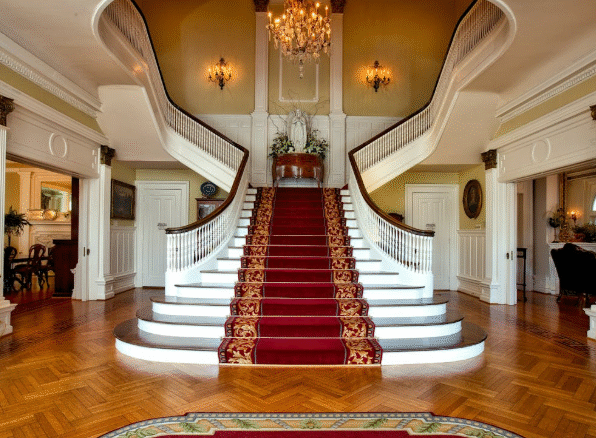
Creating a home isn’t just about filling rooms with furniture — it’s about shaping a space that reflects your identity, nurtures your lifestyle, and brings you peace. Interior design, when approached with intention and understanding, can turn any house into a personal sanctuary.
Whether you’re moving into a new place or giving your existing home a refresh, here’s what you need to know to begin your interior design journey, how to implement your ideas, and why thoughtful design matters more than ever.
Where to Begin: Understanding the Foundation of Interior Design
The first step is not choosing paint colors or buying furniture. It’s understanding how you live. Ask yourself: What do I need from my space? Do I work from home? Do I host friends and family often? Do I need quiet corners for reading or play areas for kids?
By identifying the purpose of each room — whether it’s rest, productivity, cooking, or connection — you can design with clarity and intention.
Budget is another key starting point. Be realistic, but also strategic. Begin with essential elements like flooring, lighting, and primary furniture. Decorative pieces can come later, layered in as your space evolves.

Designing with Style and Personality
While trends come and go, your design style should speak to your personality. Some prefer a clean, minimalist look, while others lean toward cozy, rustic charm. Modern, industrial, boho, or traditional — choose what feels right, not just what looks trendy.
Color plays a powerful role here. Cool tones like blue and green create a calming effect, while warmer shades like ochre or terracotta add vibrancy and energy. Neutrals, on the other hand, bring a sense of balance and timelessness. Always consider how a room makes you feel — not just how it looks.
Lighting is another crucial element. Let in as much natural light as possible, and complement it with layered artificial lighting — ambient for general glow, task lights for reading or cooking, and accent lights to highlight decor or art. The right lighting brings a room to life and can even influence your mood.
Making the Most of Space
Interior design is not only about aesthetics — it’s about smart space planning. Think about the natural flow of movement through each room. Avoid blocking pathways with bulky furniture, and leave breathing room around major pieces.
Storage is often overlooked but essential. Built-in cabinets, under-bed storage, multipurpose furniture like ottomans or foldable tables can keep your home organized without compromising on design. A clutter-free home automatically feels more spacious and calming.
When it comes to decorating, less is often more. Focus on adding a few meaningful touches: a gallery wall of family photos, indoor plants that bring life and freshness, or art that inspires you. These personal touches are what turn a well-designed space into a lived-in, loved-in home.

Bringing the Vision to Life
Once you’ve envisioned how you want your home to feel and function, it’s time to implement. Start small. Pick one room to begin with — perhaps your bedroom or living room — and complete it before moving to the next. This focused approach prevents overwhelm and helps you build confidence in your choices.
Sketch a basic layout of your space or use free digital tools to experiment. Visit showrooms, test furniture in person if possible, and take your time selecting the right pieces. It’s okay to mix new purchases with items you already own — design is as much about balance as it is about beauty.
Don’t forget to revisit and revise. As you live in the space, you’ll learn what works and what doesn’t. Flexibility is part of the process.
Why It Matters: The Benefits of Thoughtful Design
Good interior design improves your mental well-being, supports daily routines, and enhances every aspect of your lifestyle. A quiet, organized corner can boost productivity. A bright, airy living space encourages family time. A bedroom that feels cozy and personal helps you rest better.
Design also reflects your values. A sustainable home with reused materials, locally sourced furniture, or eco-friendly decor choices shows environmental consciousness. A home with accessibility features speaks to inclusivity. In every detail, your space tells your story.
Final Thoughts
Designing your home is a journey — not a one-time task. It’s okay to grow into your space, to experiment, to make changes. What matters most is that it feels like you.
Remember: a beautiful home isn’t defined by magazine perfection. It’s where you feel calm after a long day. Where your kids laugh freely. Where your memories are made. That’s the true power of interior design — shaping not just a space, but a life within it.

